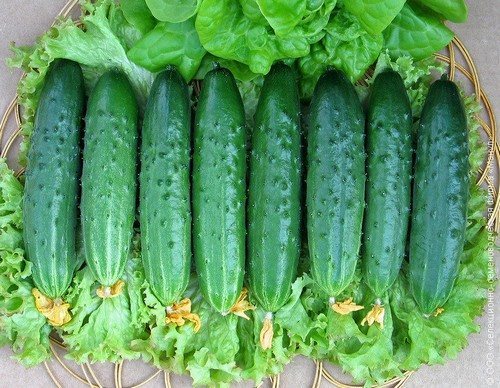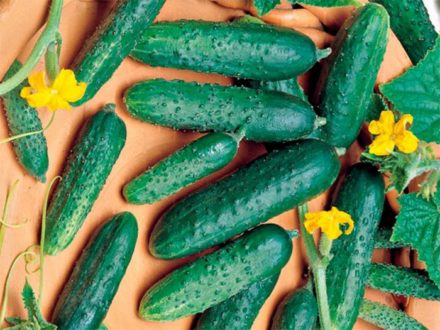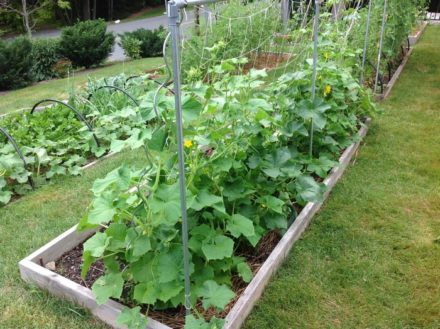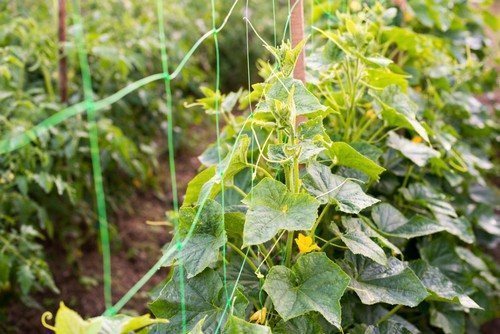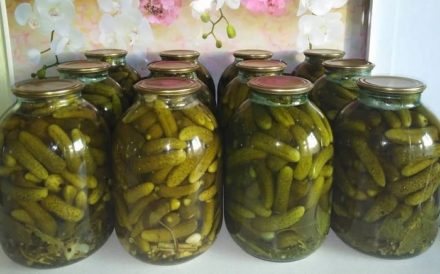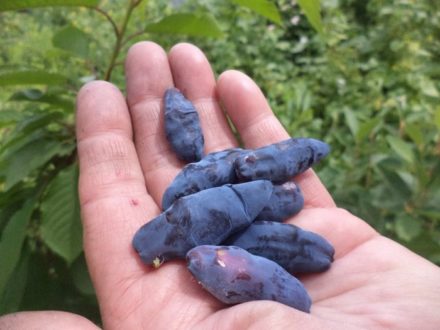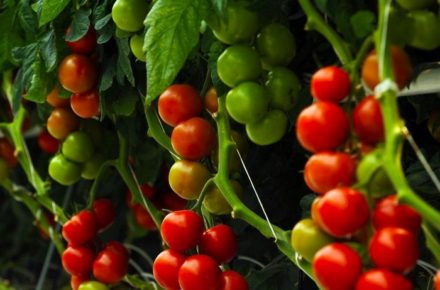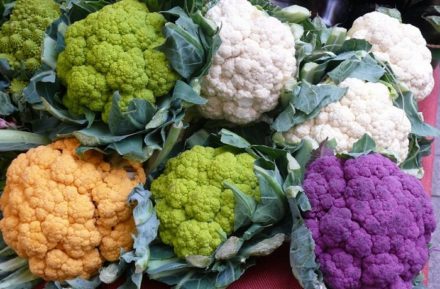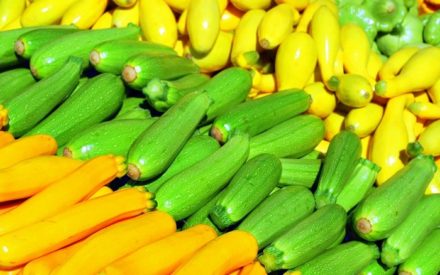Growing cucumbers at home is painstaking work, and every owner is in an eternal search for fertile varieties so that the work pays off with a high-quality harvest. The fertility and quality of the crop are affected by care, climate, and soil nutrition. Often unforeseen circumstances contribute to the development of diseases in seedlings, the most common of which are cladosporiosis, root rot (blackleg), bacteriosis, powdery mildew and others. Treatment of a fruit crop is a rather labor-intensive process that cannot be done without the use of chemicals. This is why it is so important when purchasing seeds to select the most resistant, experience-tested varieties.
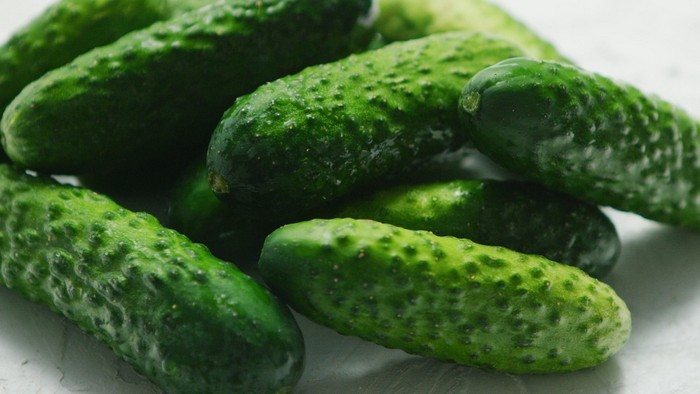
Competitor
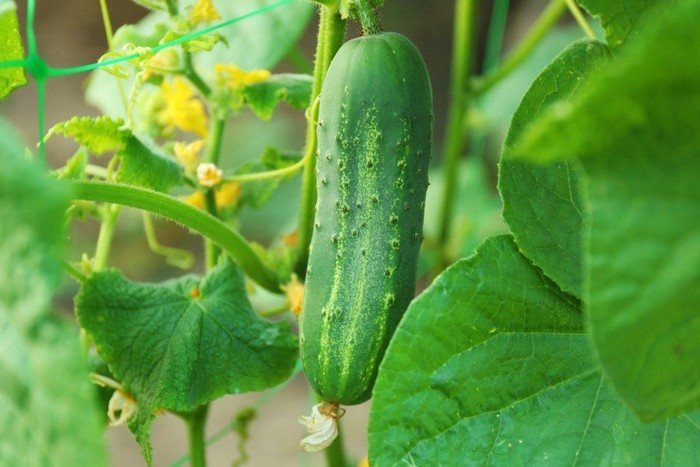
An early bee-pollinated and the most widespread variety of cucumbers, which stands out for its attractive presentation, rich taste and rich harvest. The advantage of the Competitor is its precocity: already a month and a half after planting, you can see the first ovaries. It is necessary to remove the fruits in a timely manner, this affects the quality of the fruits and the fruiting period.
The competitor is known for its resistance to the following diseases: olive spots, bacteriosis, and powdery mildew. This crop needs to be provided with timely watering, which promotes its healthy growth and strengthens the immune system.
Boy with Thumb F1
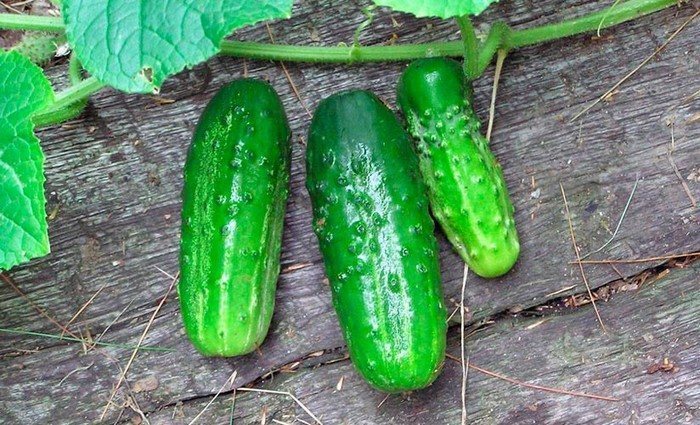
The self-pollinating Little Thumb can be planted both in open ground and in a greenhouse, and it is even possible to grow it at home. The variety is early ripening, with a predominance of female type ovaries. The fruits are rich green, similar to gherkins, the weight of one cucumber is 90 g. The crop produces a harvest 35-42 days after planting, the fruits are harvested every 3 days.
Thumb Boy has shown resistance to the following diseases:
- cladosporiosis;
- powdery mildew;
- transferosis;
- cucumber mosaic.
The variety needs daily watering and systematic feeding; it is recommended to grow it on trellises.
Natalie F1
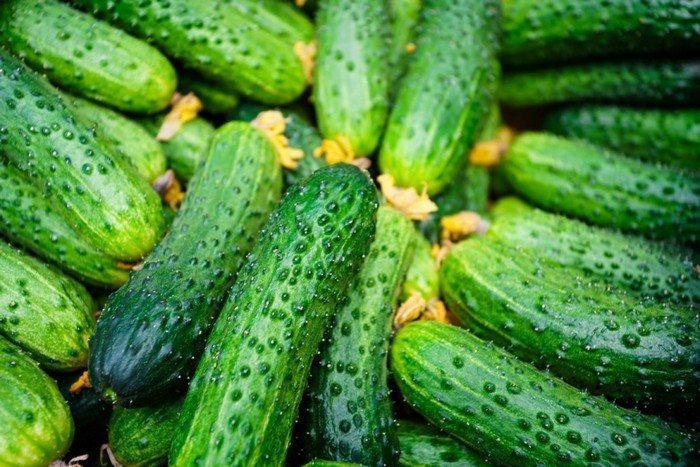
The Natalie variety is a hybrid; gardeners usually plant it in greenhouses or in open ground. Natalie's cucumbers are cylindrical in shape, the length of one cucumber is about 11-13 cm, suitable for pickling and canning.
The plant is bee-pollinated and resistant to unfavorable climatic conditions. Fruit ripening time is 30-38 days from the moment of planting. The variety is famous for its resistance to the following diseases:
- bacteriosis;
- root rot;
- leaf mold;
- ascochyta;
- powdery and downy mildew.
Masha F1
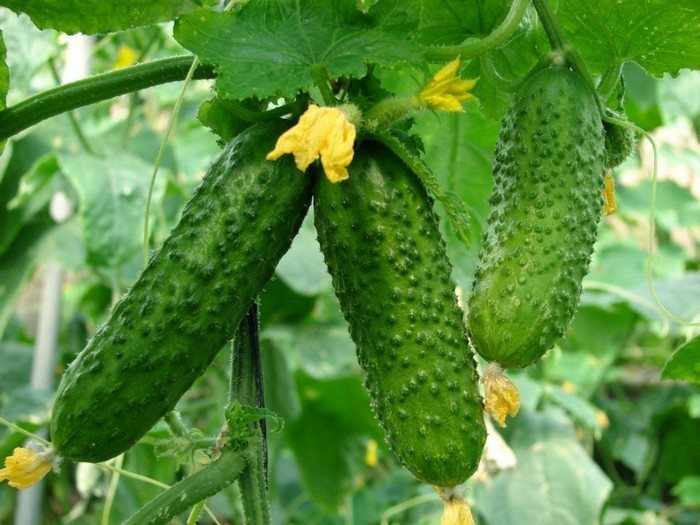
A hybrid self-pollinating variety, fruiting occurs 4-5 weeks after replanting. The variety is intended for cultivation in greenhouses of various types (on trellises), as well as in open ground. The small fruits are classified as gherkins. Cucumbers ripen quickly; you need to harvest them daily, and also protect the planting from drafts.
The variety showed resistance to powdery and downy mildew, cladosporiosis, black leg and cucumber mosaic. The soil for seedlings should be saturated with organic and phosphorus fertilizers.The variety also requires abundant watering and does not tolerate drought well.
Murashka F1
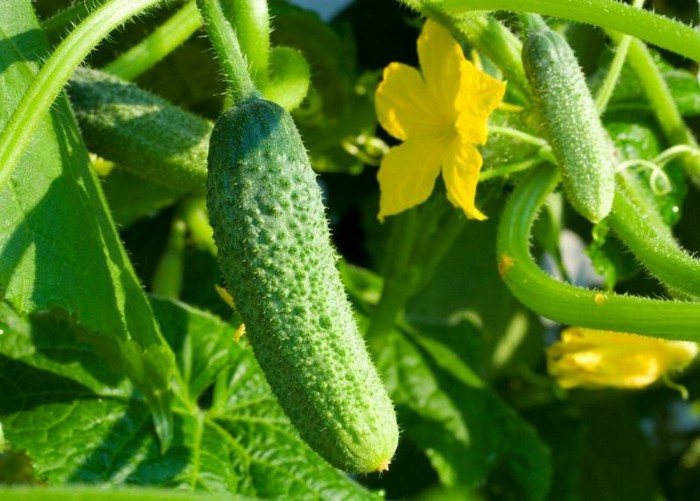
Gardeners plant the early self-pollinating variety Murashka in open ground or in film greenhouses. Murashka brings a rich harvest: one bush grown in open ground produces 6-8 kg of cucumbers. The harvest is collected after about 6 weeks. Cucumbers have a pleasant taste and an attractive appearance, which allows you to grow this crop for sale.
According to genetic indicators, the hybrid has resistance to diseases:
- powdery mildew;
- olive spot.
Murashka is also resistant to aphid attacks.
Muravey F1
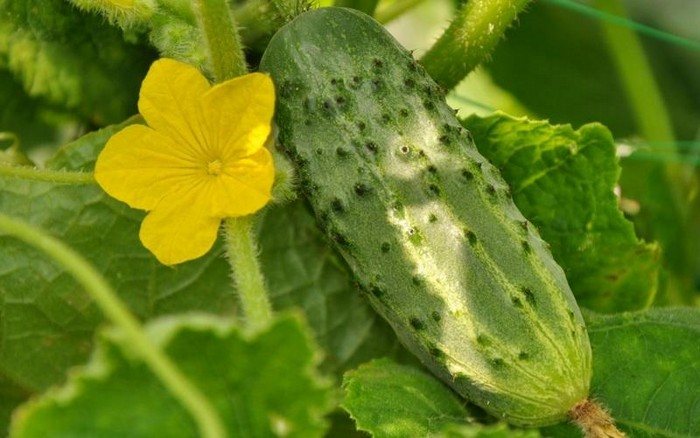
The variety is characterized by female flowers, early fruiting, 5-6 weeks after planting. Ant is suitable for planting in greenhouses and open ground, requires abundant watering, systematic fertilizing and mulching of the soil.
In order for the harvest to last for the season, it is necessary to plant in two stages.
The variety is resistant to powdery mildew, black leg, olive spot and cucumber mosaic. Experienced gardeners recommend this crop for cultivation.
Alekseich F1
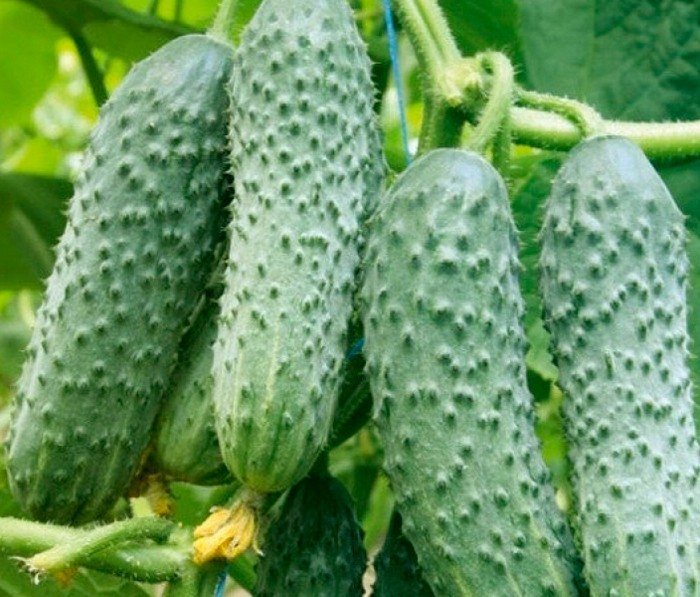
The Alekseich variety is early; gardeners' experience shows that the first cucumbers can be seen on the 37-44th day after planting. The fruits are tasty, without bitterness, but they need to be collected on time so that they do not outgrow. The crop needs watering every 2 days, and also responds well to weeding and loosening the soil.
This variety is best grown in greenhouses or in open ground. The fruits are excellent for salads and canning; the fruiting period is long.
All of the listed varieties have excellent taste without bitterness, have high germination rates and do not cause trouble for gardeners. The benefits of fruits are difficult to overestimate, but the work certainly pays off.


